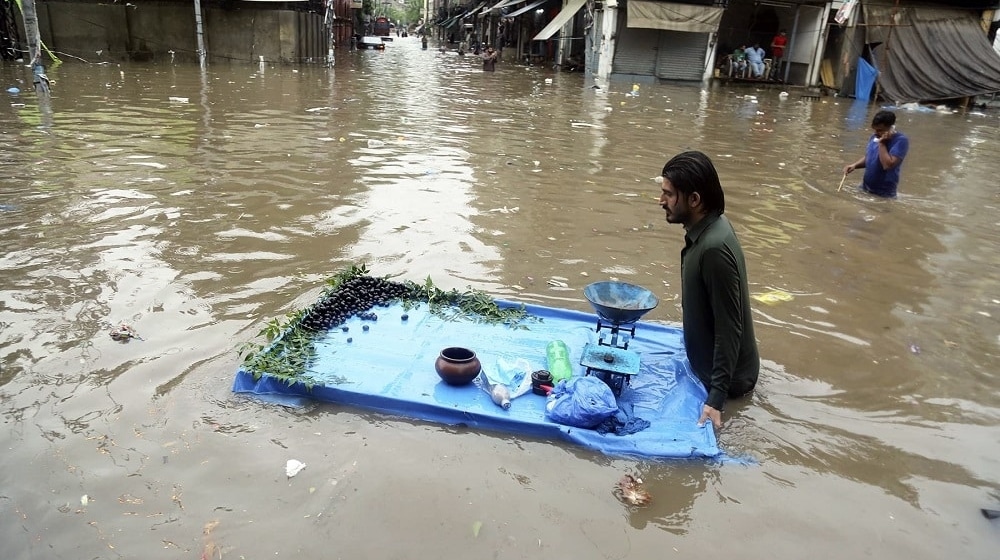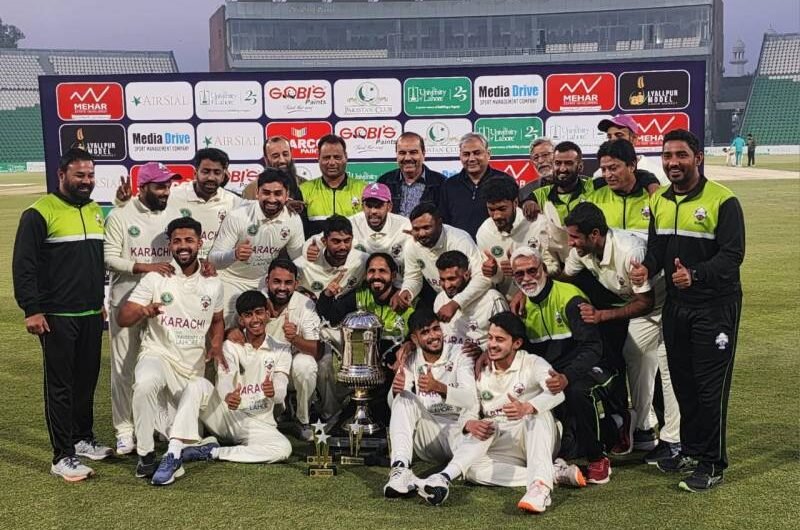Heavy rainfall in Lahore broke a 30-year record, with the Tajpura area recording an astonishing 315 mm of rain. The continuous downpour began early in the morning and persisted periodically throughout the day, leading to severe commuting difficulties due to waterlogged roads. Lahore experienced four intense episodes of rain, severely impacting daily life and transportation.
Rainfall in Lahore: A sigh of relief or a tragedy?
Tajpura saw the highest rainfall at 315 mm, followed by Lakshmi Chowk with 170 mm, Nishtar Town with 162 mm, and Chowk Nakhuda with 155 mm. The relentless rain also affected Sialkot and its surrounding areas, as well as other parts of Punjab, including Islamabad, Rawalpindi, and Lahore, breaking the prolonged heat spell.
In Lahore, areas such as Shadman, Gulberg, Model Town, Jail Road, and Ichhra experienced significant rainfall. Gujarat and its surrounding areas, as well as Kasur’s Kanganpur, were also heavily impacted. In Azad Kashmir, Dadyal, Chakswari, Islamgarh, Khari Sharif, Jatlan, and Mangla faced heavy downpours. Meanwhile, Karachi experienced light intermittent rain affecting areas like Gadap Town, Surjani Town, New Karachi, and North Karachi, with lighter showers in Federal B Area and Liaquatabad.
The heavy rain in Lahore not only brought much-needed relief from the heat but also posed significant challenges due to flooding. The city’s infrastructure struggled to cope, causing major disruptions in daily life and stretching emergency services to their limits. Authorities worked tirelessly to manage the rain’s impact and assist affected residents, highlighting the need for improved infrastructure to handle such extreme weather events.
Also, see:
Kaacib Acquires Hukumjanab Disrupting the Blue Collar Workforce Industry of Pakistan





